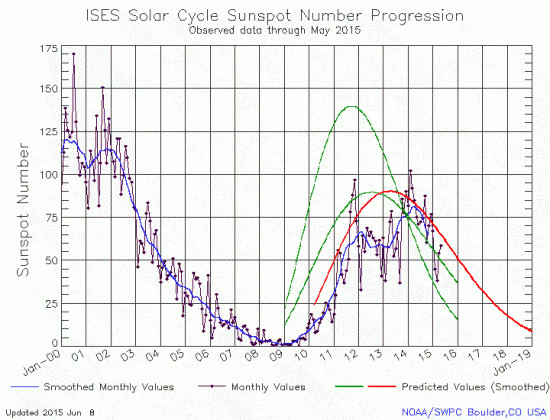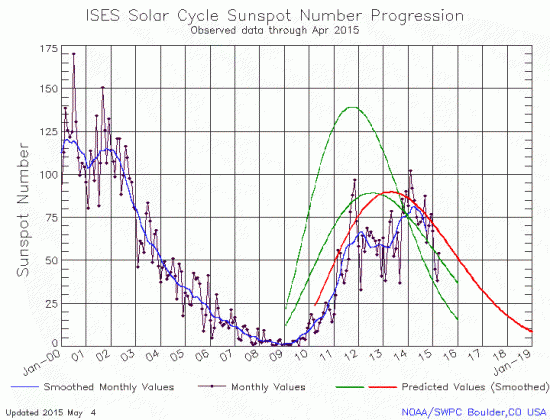The negative, depressing mainstream press
Sunday’s Falcon 9 failure has given us a great opportunity to learn something about the mainstream press and the elite culture that dominates it. As expected, while the space-oriented press focused on what happened and what will be done to fix the problem, almost every mainstream press outlet immediately concluded that the failure was a disaster that could and (with some outlets) should ring the death knell for private space. Here are just a few examples:
- The Verge: Why SpaceX’s flubbed launch hurts the US’s future in space
- Paste: Is the Future of SpaceX and Commercial Space Travel Doomed?
- Bloomberg: SpaceX Explosion Seen as Possible Slowdown for NASA Award
- Scientific American: SpaceX Rocket Failure Threatens Support for Commercial Spaceflight
- Quartz: The fault in SpaceX’s star rocket is jeopardizing a $7 billion business
- CBS-Miami: SpaceX Launch Failure Leads To Questions About Future
- NPR: SpaceX Rocket Explosion Raises Questions About Private Space Companies
- National Geographic: SpaceX Rocket Explosion Raises Worries About Space Station
- Christian Science Monitor: SpaceX rocket explodes: How big a setback?
- New Scientist: SpaceX rocket explosion is setback for US crewed space missions
- Washington Post: Another major rocket failure for a space industry out to prove itself
I could go on. Notice that these are almost all mainstream news sources. The few that specialize in science reporting, such as Scientific American, New Scientist, and National Geographic, also tend to push the left wing science agenda.
If you can force yourself to read these articles, as I have, you will find yourself inundated with negativity, pessimism, and a can’t-do attitude. Moreover, many of these articles seem expressly designed to encourage the public and politicians to withdraw their support for space exploration. For example, the Scientific American article, in outlining the history of recent ISS cargo failures, includes this quote:
Public support for the private space industry also took a blow last October (just three days after the Orbital Sciences ATK mishap) when Virgin Galactic’s suborbital space plane SpaceShipTwo crashed during a test flight, killing one of its pilots. [emphasis mine]
Does Scientific American provide us any evidence that public support had dropped after these failures? No. In fact, there is absolutely no evidence that support dropped, and if anything, based on the budget increases over the years for commercial space (despite Congressional efforts to trim that budget), support has continued to grow through thick and thin.
No, Scientific American inserted this statement because they want support to drop, and have tailored their article to help make that a self-fulfilling prophecy. The negativity of all these other articles suggest that their writers and outlets feel the same. Life is hard! Bad things can happen! Better that we stick our head in the sand and hide from the evil thunder gods rather than look up to try to figure out what thunder is!
For myself, I do not find the Falcon 9 failure this past weekend depressing in the slightest. This is a company and a rocket that hadn’t even existed a little more than decade ago, and in that short time they have revolutionized the rocket industry. Rockets fail. This is no surprise. Their track record, however, tells us that they will figure out what went wrong and start flying again, as soon as they can.
What I do find depressing is the failure culture of today’s modern intellectual society. It is one reason I do not depend on them for news, and in general try to depend on them for as little as possible for anything else.






